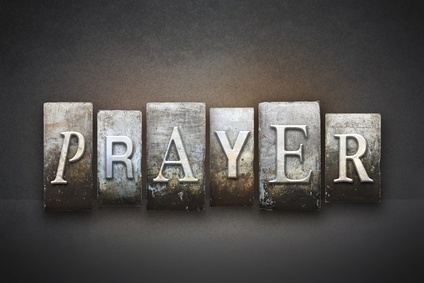Let’s jump straight in. Jesus said, “It is finished” and died. John next records, “Then the Jews, because it was the day of preparation, so that the bodies would not remain on the cross on the Sabbath (for that Sabbath was a high day), asked Pilate that their legs might be broken, and that they might be taken away. So the soldiers came, and broke the legs of the first man and of the other who was crucified with Him; but coming to Jesus, when they saw that He was already dead, they did not break His legs. But one of the soldiers pierced His side with a spear, and immediately blood and water came out. And he who has seen has testified, and his testimony is true; and he knows that he is telling the truth, so that you also may believe. For these things came to pass to fulfill the Scripture, “Not a bone of Him shall be broken.” And again another Scripture says, “They shall look on Him whom they pierced.” (John 19:31–37, NASB95)
Death by crucifixion is by slow suffocation and blood loss. In order to breathe, the victims must push or draw themselves up so the diaphragm can function. To speed things along the victim’s legs were sometimes broken so they could no longer push up to breathe.
Because the Passover was near, the Jewish leaders asked Pilate to move things along. But when the soldiers came to break Jesus’ legs, they observed he was already dead. Just to make certain, one of the soldiers thrust a spear into Jesus’ side. In these events, John notes three things.
The first prophecy John identifies dates symbolically back to the first Passover. To protect the Israelites, Moses directed everyone to gather indoors and for a meal to be shared. The blood of the lamb sacrificed for the meal was painted on the sides and top of the doorframe. Moses directed that “It is to be eaten in a single house; you are not to bring forth any of the flesh outside of the house, nor are you to break any bone of it.” (Exodus 12:46, NASB95) That symbol was echoed in Psalm 34, “He keeps all his bones, Not one of them is broken.” (Psalm 34:20, NASB95)
The second prophecy is from Zechariah. “I will pour out on the house of David and on the inhabitants of Jerusalem, the Spirit of grace and of supplication, so that they will look on Me whom they have pierced; and they will mourn for Him, as one mourns for an only son, and they will weep bitterly over Him like the bitter weeping over a firstborn.” (Zechariah 12:10, NASB95) Beyond the prophetic note of being pierced, there is also a connection to the Passover in the weeping for the firstborn.
Lastly, John puts emphasis on the blood and water that flowed when the spear was thrust into His side. Not only does John note: “And he who has seen has testified, and his testimony is true; and he knows that he is telling the truth, so that you also may believe.” (John 19:35, NASB95) He also later referenced this moment in his first letter. “This is the One who came by water and blood, Jesus Christ; not with the water only, but with the water and with the blood. It is the Spirit who testifies, because the Spirit is the truth.” (1 John 5:6, NASB95)
Many have speculated on the meaning of the flow of blood and water. Some find a spiritual meaning of forgiveness and cleansing in the flow. Others have identified that the release of blood and water medically indicates Jesus died of a literal broken heart. Others simply note that is proof that Jesus was dead and not just fainted or in a coma. To be honest, I believe it is all of the above. The results of that spear thrust have spiritual symbolism, medical diagnoses, and proof that Jesus was dead. The Roman soldiers were well acquainted with death and dead bodies. The proof is that they didn’t break Jesus’ legs. The spear thrust further confirmed that fact. In our next article, we’ll see two men minister funeral rites to Jesus’ body. All of which could have noticed if there was any life at all left.
Another striking feature is the prophetic connection between the Passover lamb and Jesus. We see that connection in the prophecies John points out. John the Baptist called Jesus the lamb of God that takes away the sin of the world. John the revelator later wrote, “Then I began to weep greatly because no one was found worthy to open the book or to look into it; and one of the elders said to me, “Stop weeping; behold, the Lion that is from the tribe of Judah, the Root of David, has overcome so as to open the book and its seven seals.” And I saw between the throne (with the four living creatures) and the elders a Lamb standing, as if slain, having seven horns and seven eyes, which are the seven Spirits of God, sent out into all the earth.” (Revelation 5:4–6, NASB95) This connection also pre-dates Passover to that moment when Abraham was readying to sacrifice his son Isaac, and God provided a ram instead.
Jesus as the lamb may seem merely symbolic, but it is a marker of the grand narrative of God’s plan first revealed in Eden. Humanity wants powerful leaders and kings to rule. But God first sent a lamb. We want God to fix all the things that are wrong in our lives, but God’s plan is to first save us through the blood of the lamb and the word of His testimony. (see Revelation 12:11) An inward reality that impacts the world around us in ways we seldom understand.
- Mark: Consider the Sower - May 28, 2025
- Mark – Family Matters - May 26, 2025
- Mark: A House Divided - May 22, 2025




